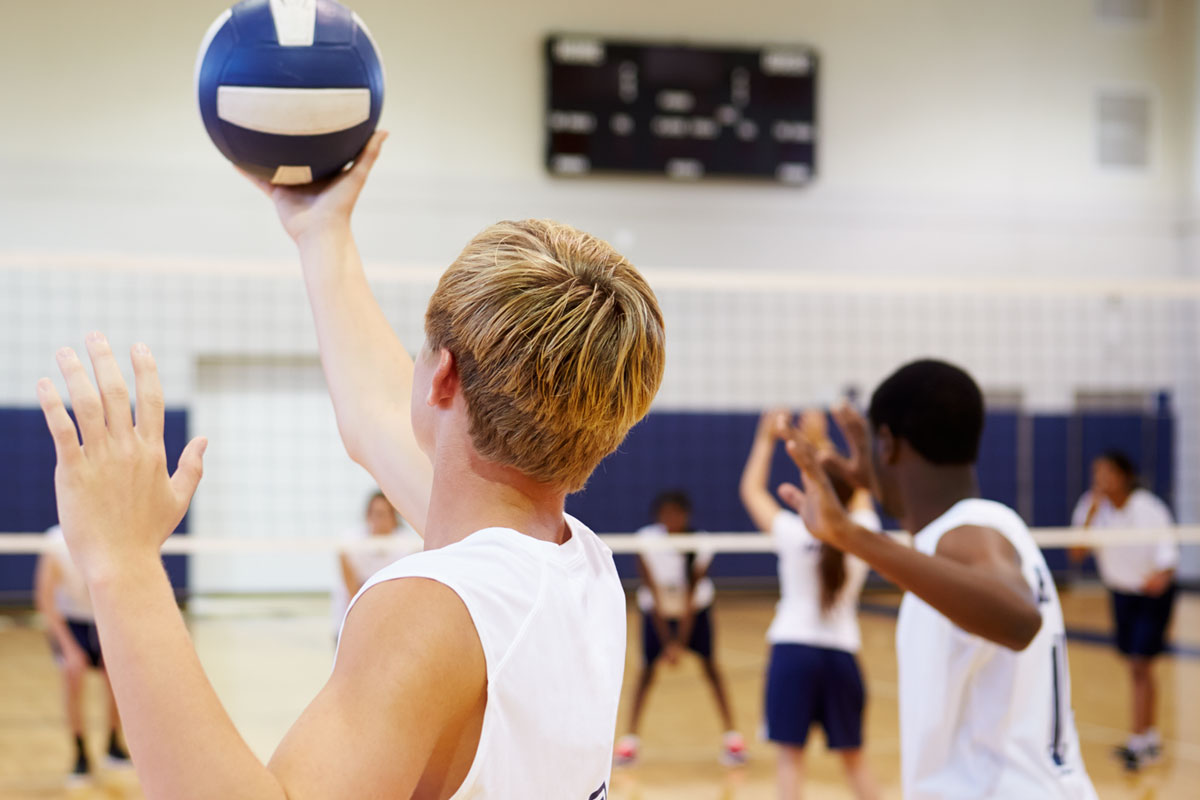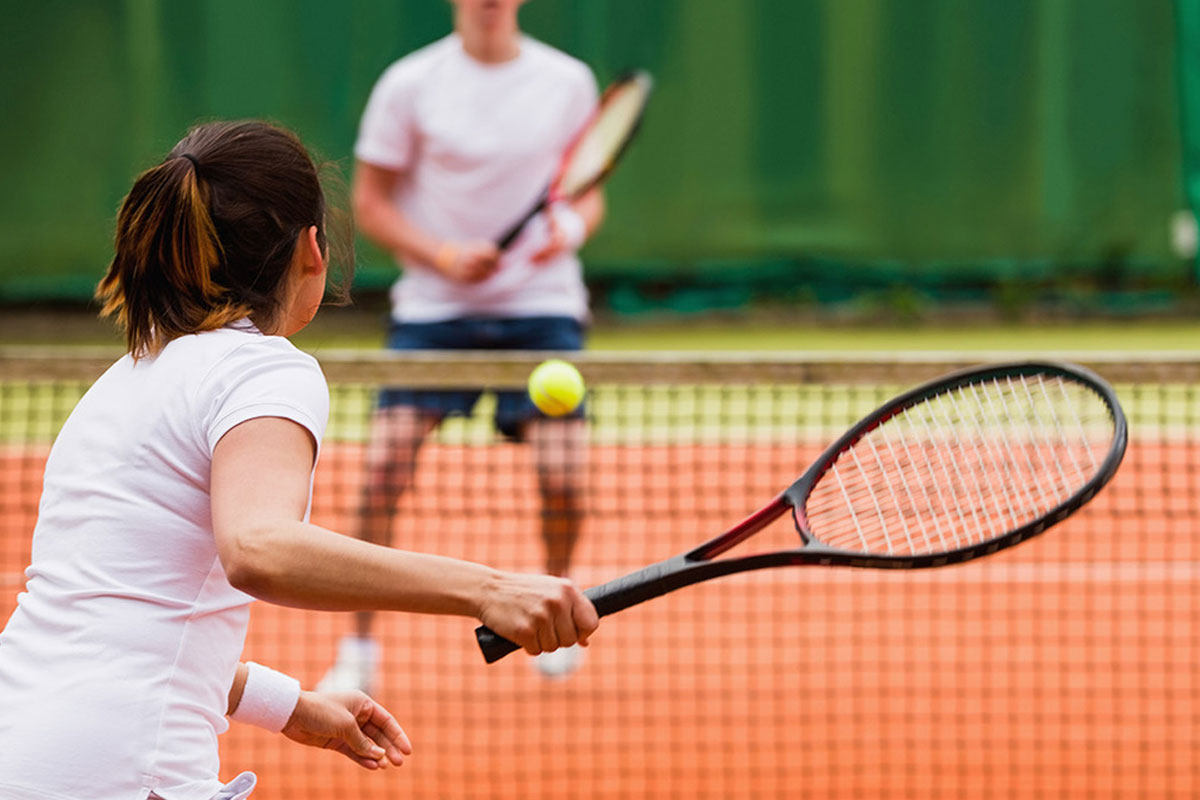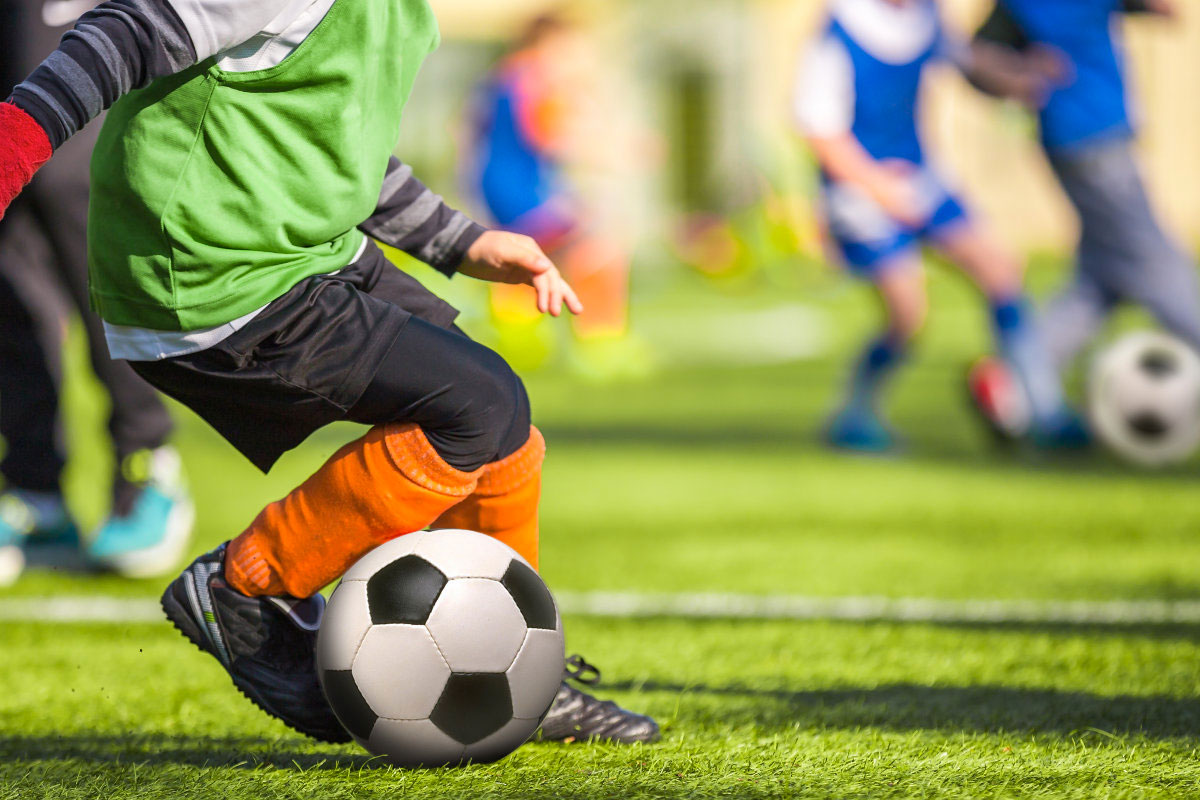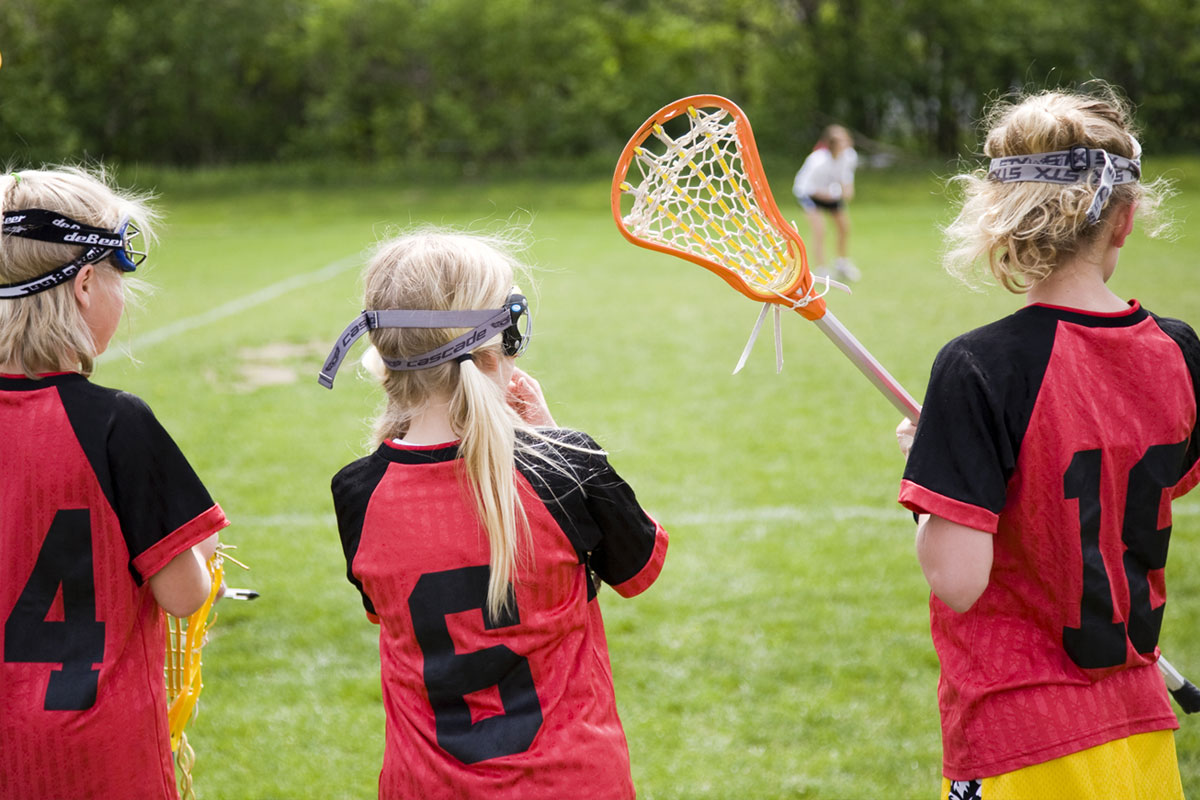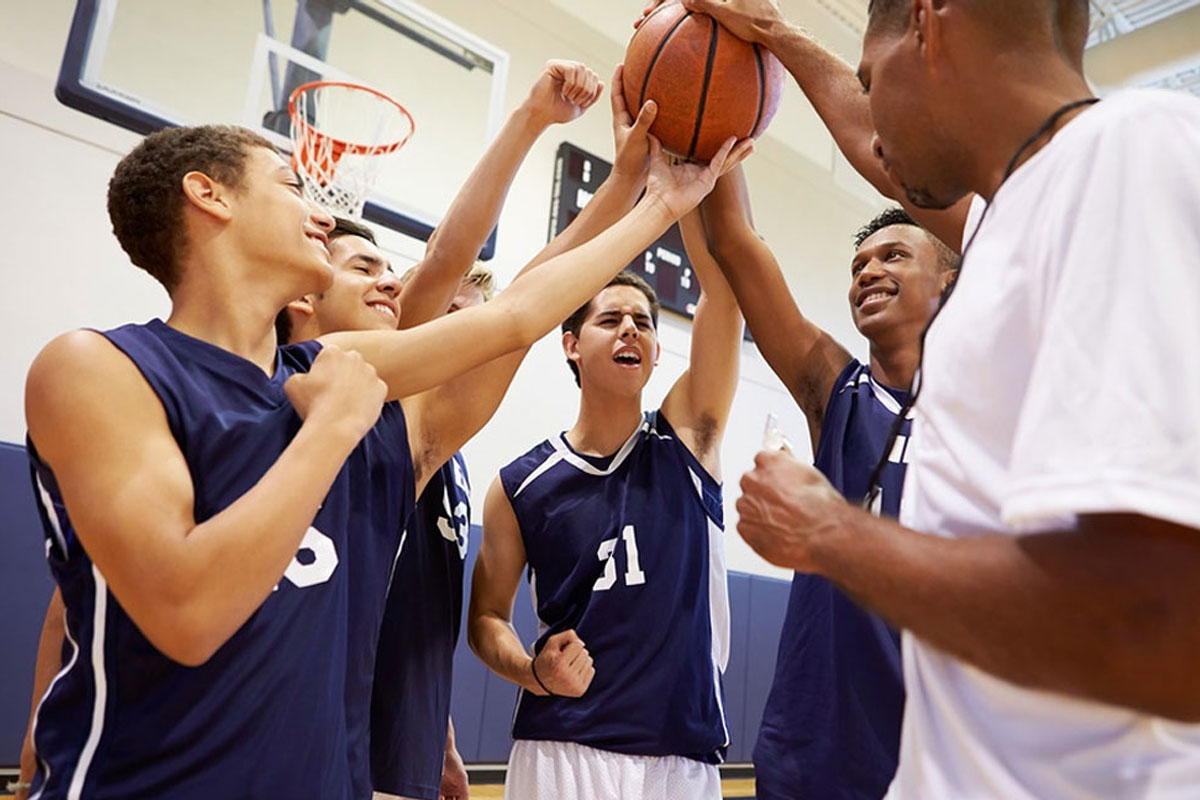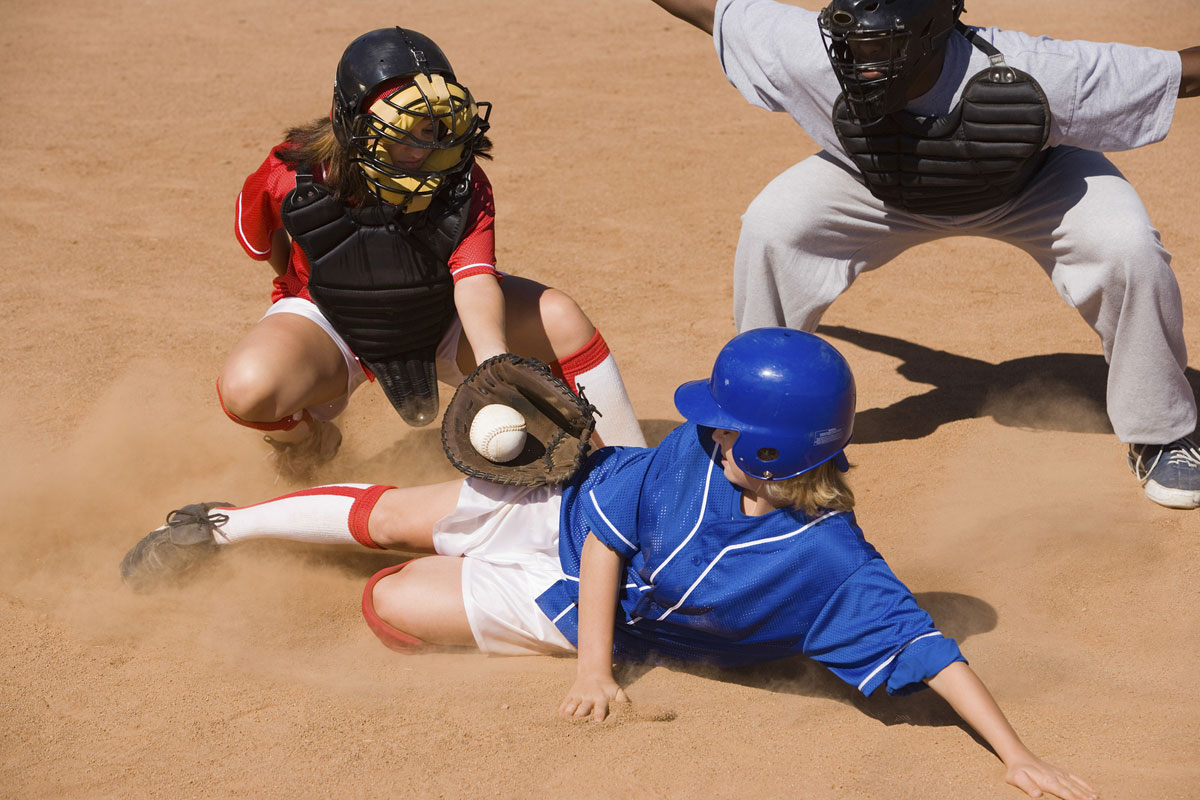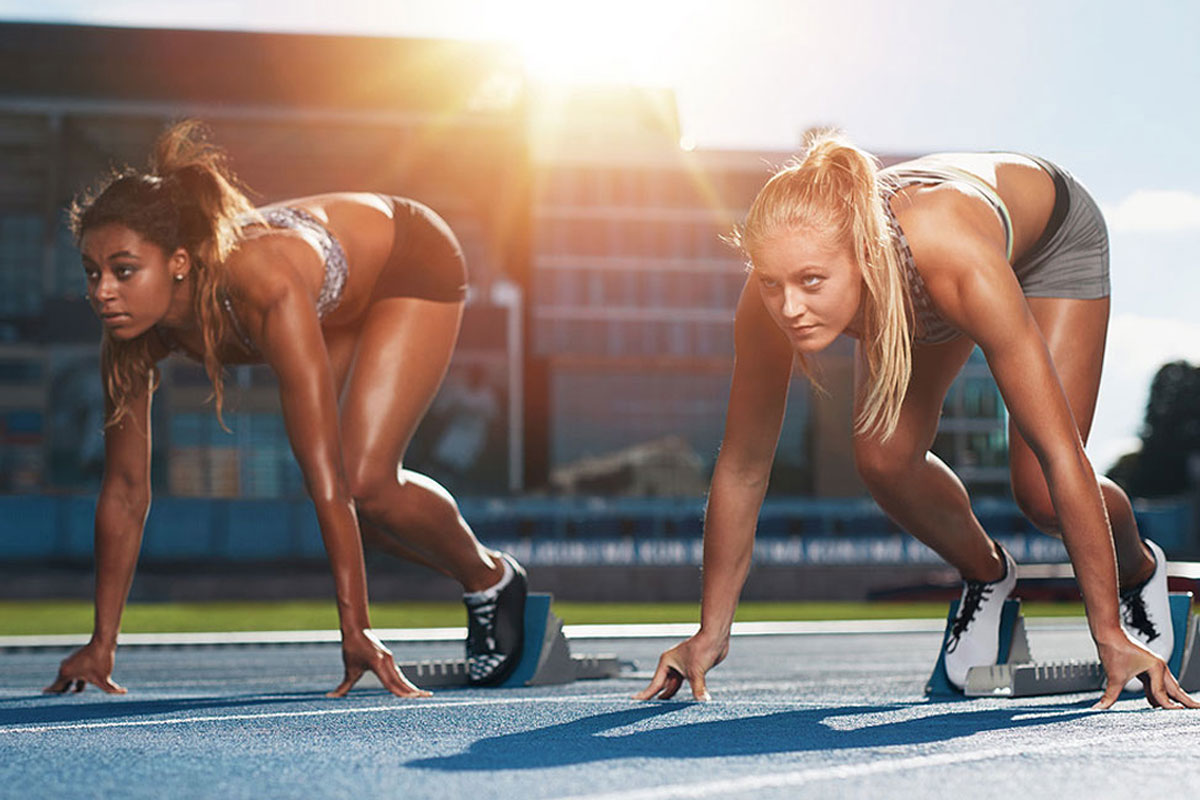The skills of soccer are difficult because humans are hand-eye dominated. The skills discussed below, however, are eye-foot and must be developed at a fairly young age. The difficulty for young players to develop correct fundamentals are stressed at Ready Set Go Clinics that involve repetition but are not boring or tedious. Therefore, Ready Set Go helps guide and develops young players are in many ways as we develop tomorrow’s champions.
Technique
In the basic skills of soccer, an important term is “technique,” which is the physical movement involved in those skills. Practicing the skills is called “technical training.” Players practice technique throughout their lives, but correct technique practice is essential for players age 6-12 while they are in developmental stages.
Receiving
Receiving a ball on the ground is different than receiving a ball in the air. When receiving a ball on the ground, the following points should be considered:
- Keep your eye on the ball.
- Choose which foot to receive the ball with (this may depend on the location of the defender).
- Receive the ball with one foot with the toe pointed up (ankle locked).
- Don’t stop the ball. Instead, prepare it for the next action: shot, dribble, pass or to play away from pressure.
Passing
Because passing involves giving the ball to a teammate, it is important that players are taught to know where their teammates are by constantly looking. A second important ingredient is verbal communication, or talking. Ready Set Go teach players to provide intelligent verbal cues to help with decision-making in passing.
The technical elements of passing vary based on the kind of pass being made. The key elements of any pass (both short and long) include:
- See the target.
- Approach the ball.
- Plant and position of support, or non-kicking foot (the toe of the non-kicking foot should be pointed in the direction the player wants the ball to go).
- Look at the ball, holding the head steady.
- Contact the correct area of the ball with locked ankle.
- For instep and outside of foot pass, the toes are pointed down and contact is on the top of the foot.
- For inside of the foot pass, toes are pointed up.
- Follow-through: kick “through the ball,” following through toward the target.
- Transfer the weight forward.
Shooting
Shooting uses the same technical elements as passing, with the important difference being that the goal is to pass the ball beyond the goalkeeper.
If possible, the player should look up to see the position of the goalkeeper, choosing a side to shoot the ball.
- Approach the ball.
- Plant the support foot beside or slightly ahead of the ball, which helps to keep the shot low.
- Keep the head steady and eyes on the ball.
- Make proper contact with the ball.
- Ankle of kicking foot is locked and the toe is pointed down if shooting with instep.
- Hips and knee of kicking foot are pointed in the direction of the shot.
- Follow through to keep the ball low (weight going forward, landing on the kicking foot).



